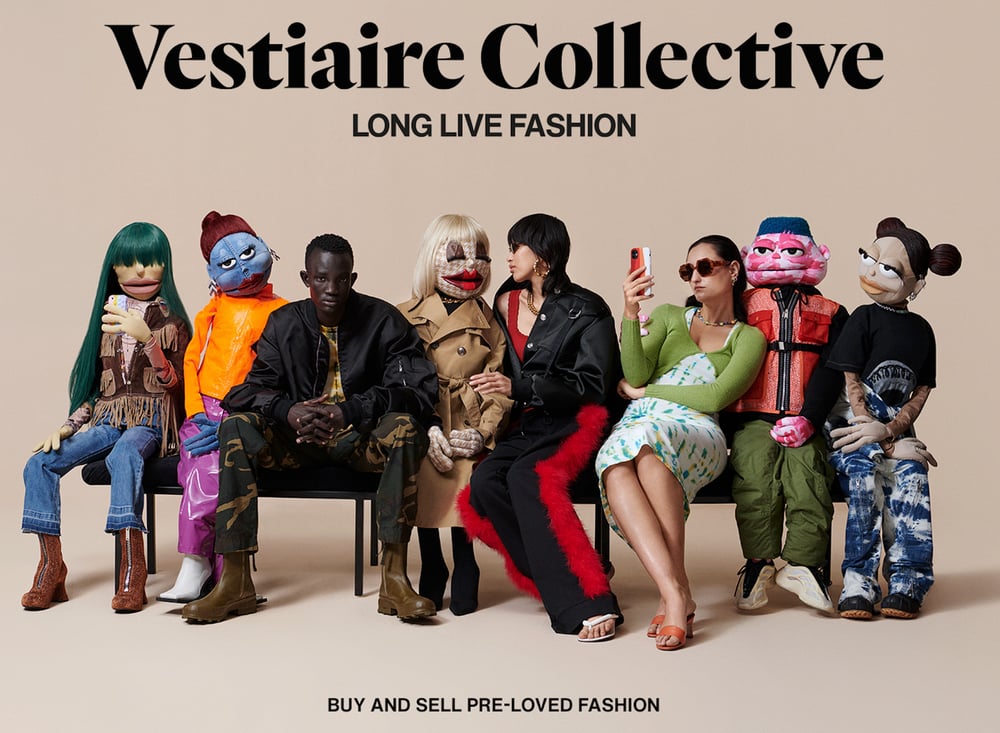Second-Hand Fashion on the Rise: Trend or Fashion’s New Turning Point?
From the latest haute couture collections to red carpet styles and trending street fashion, fashion enthusiasts are embracing vintage fashion.

From the resurgence of Gucci’s Horsebit bags and Marc Jacobs’ Stam bags to the #archivefashion frenzy on TikTok, it’s evident that new generations are increasingly interested in second-hand fashion, an alternative to fast fashion that combines the thrill of discovering rare items with environmental awareness. This strong passion has transformed into a booming fashion market.
According to a study by the resale platform Threadup, the resale activity is projected to increase by 127% by 2026, triple the rate of conventional shopping. While these estimates are capturing the attention of luxury fashion giants – who are now engaging in research on reuse, recycling, and sustainability – the sustainable nature of the vintage clothing market also pleases environmental advocates.
According to the Impact Report, a study published in 2022 by the vintage fashion platform Vestiaire Collective in collaboration with PwC, buying second-hand fashion can reduce the environmental impact of each item by 90%. To obtain this data, Vestiaire Collective used a currency calculation technique to consider environmental factors, such as the environmental cost of each purchase amounting to €0.39, which is only one-tenth of the environmental cost of a new item; or the carbon dioxide emissions reduced by 17kg when shopping online, equivalent to the emissions from a car journey of 100km.
The purpose of the Impact Report is to demonstrate that Vestiaire Collective’s community-based operating model is a fitting response to the significant impact of fast fashion on consumer consumption habits. Targeting the community, Vestiaire Collective gathered opinions from 2,363 consumers in 57 countries, and from these interviews, 70% of users admitted that buying second-hand instead of brand new has increased by 17% compared to previous studies on the luxury resale market.
Another highlight of the report is the so-called Premium Effect: with the purchase and sale of luxury goods, consumers are encouraged to buy higher quality, longer-lasting, and more easily resalable products, aligning with the core principle of sustainable fashion of less quantity but better quality. This also emphasizes the role of resale platforms in cultivating good consumer habits, with 50% of sellers on Vestiaire Collective stating that they would not resell old items if it weren’t for this platform.
Expanding the second-hand market combines two contrasting worlds in history: it not only values $120 billion for fashion brands and retailers worldwide but is also expected to save the planet more than $40 billion in environmental costs by 2030, demonstrating that shopping choices can truly impact our future on Earth.

